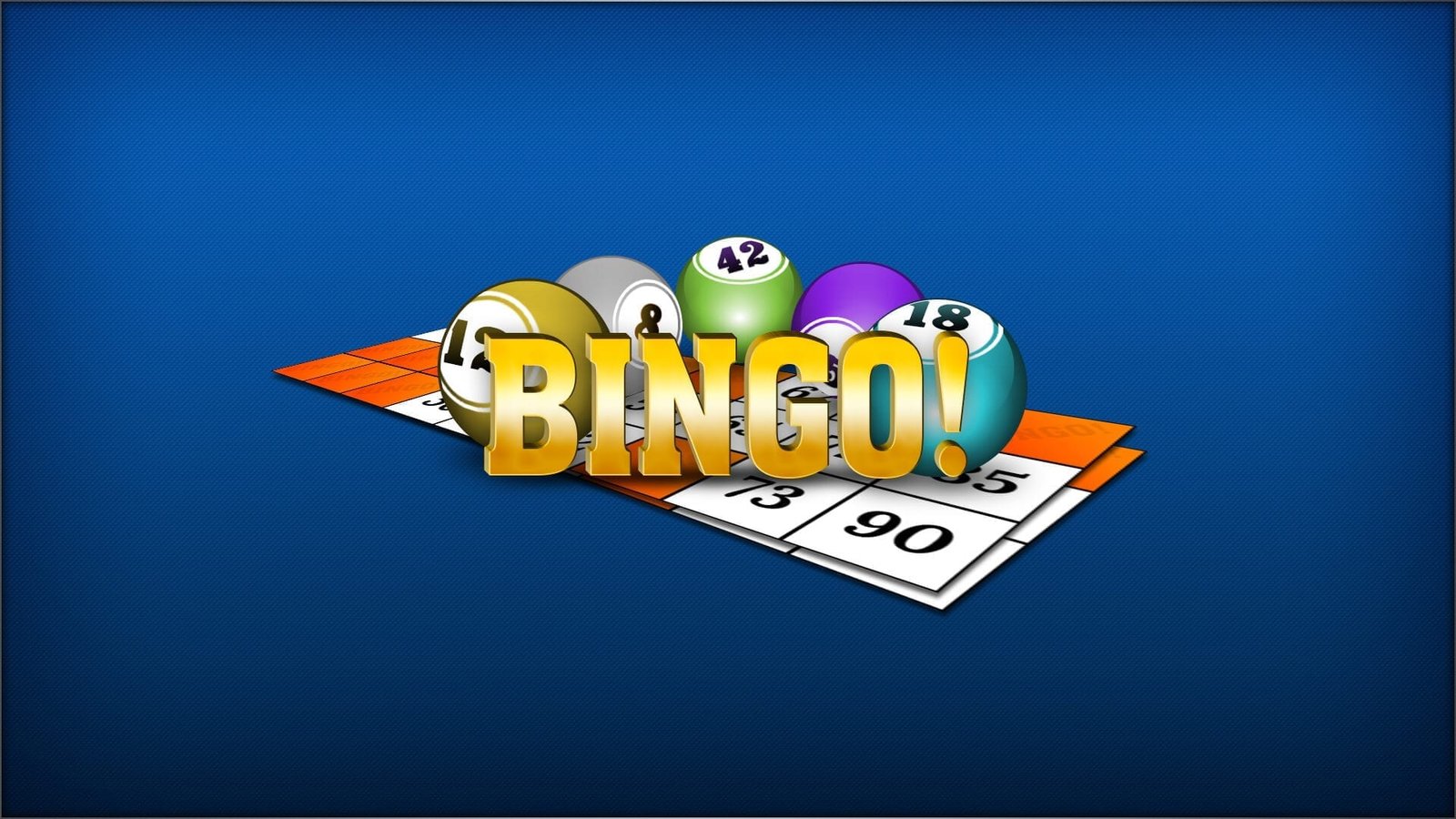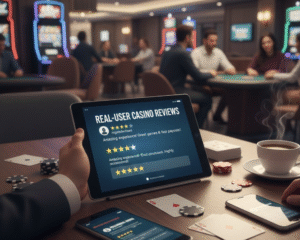Decoding the Mathematics of Your Favorite Game
Bingo may appear to be pure chance, but beneath its colorful surface lies a fascinating world of probability theory, statistical analysis, and cognitive psychology. This comprehensive guide explores the scientific principles that govern bingo, from the mathematics of random number generation to the neurological effects of pattern recognition. Whether you’re a casual player or numbers enthusiast, understanding these concepts will give you new appreciation for this deceptively complex game.
At Umbingo, we’ve collaborated with mathematicians and game theorists to optimize our Umbingo’s Online Bingo platform, ensuring both fairness and maximum enjoyment. Let’s examine the science that makes bingo tick and how you can use these insights to enhance your playing experience.
Probability Theory in Bingo: The Numbers Behind the Game
Basic Probability Concepts
-
Each number has equal chance of being called (1/75 in 75-ball)
-
Independent events – past calls don’t affect future ones
-
Law of large numbers in action over many games
Calculating Your Odds
-
Single card probability in 75-ball:
-
Complete any line: ~1 in 8.5
-
Full card (blackout): ~1 in 552,446
-
-
Multi-card advantage and diminishing returns
The Tippett Theory
-
Short games favor extreme numbers (1-15, 61-75)
-
Long games favor median numbers (30-45)
-
Mathematical basis for card selection strategy
Test probability theories in Umbingo’s Popular Games.
Random Number Generation: Ensuring Fair Play
RNG Algorithms
-
Pseudorandom vs. true random systems
-
Seed values and entropy sources
-
Cryptographic security measures
-
Third-party testing and certification
Provable Fairness
-
Blockchain-based verification
-
Player-accessible audit trails
-
Instant result checking
-
Umbingo’s transparent RNG approach
Experience certified fairness at Umbingo’s Jackpot Games.
Pattern Recognition: The Brain on Bingo
Neurological Processes
-
Visual cortex activation during number scanning
-
Dopamine release during successful matches
-
Working memory engagement
-
Cognitive load in multi-card play
Cognitive Benefits
-
Improved processing speed
-
Enhanced short-term memory
-
Increased attention span
-
Therapeutic effects for aging brains
Track your mental gains with Umbingo Trophies achievements.
The Mathematics of Different Bingo Variants
75-Ball Probability
-
5×5 grid with center free space
-
24 numbers per card
-
Over 552 quintillion possible cards
-
Pattern-specific odds calculations
90-Ball Statistics
-
9×3 grid with 15 numbers
-
Approximately 44 million possible cards
-
Three winning stages (1 line, 2 lines, full house)
-
Different probability distributions
Explore variants at Umbingo’s All Games collection.
Statistical Strategies for Serious Players
Card Distribution Analysis
-
Balanced number coverage
-
High/low number distribution
-
Odd/even ratio optimization
-
Final digit diversification
Optimal Card Quantity
-
Diminishing returns beyond 8-12 cards
-
Cognitive limit considerations
-
Cost/benefit calculations
-
Personal skill level adjustments
For strategic play, try Umbingo’s Hot Slots between bingo rounds.
The Psychology of Bingo Numbers
Number Preference Biases
-
Lucky number selection
-
Avoidance of “unlucky” numbers
-
Pattern projection fallacies
-
Hot/cold number misconceptions
Cognitive Illusions
-
Gambler’s fallacy in bingo
-
Clustering illusion
-
Negative expectation misunderstanding
-
Control illusion in random systems
Computational Analysis of Bingo
Monte Carlo Simulations
-
Predicting outcome distributions
-
Testing strategy effectiveness
-
Calculating expected values
-
Modeling long-term results
Game Theory Applications
-
Multi-player dynamics
-
Tournament strategy
-
Risk assessment models
-
Optimal stopping points
Discover data-driven gameplay at Umbingo Promotions.
The Physics of Bingo Equipment
Traditional Ball Machines
-
Airflow dynamics
-
Mechanical randomization
-
Ball weight consistency
-
Mixing chamber designs
Digital Equivalents
-
Algorithmic randomness standards
-
Visual representation physics
-
Sound wave engineering
-
Haptic feedback systems
Bingo’s Mathematical History
Origins in Probability Theory
-
Connections to early lottery mathematics
-
Euler’s work on combinations
-
Pascal and Fermat’s correspondence
-
Development of statistical theory
Modern Computational Advances
-
Algorithmic game optimization
-
Dynamic prize pool calculations
-
Real-time odds displays
-
Personalized probability tools
See math in action at Umbingo’s Online Slots.
Why Umbingo Embraces Game Science
At Umbingo, we integrate scientific principles by:
✅ Employing mathematician-designed RNG
✅ Offering transparent probability data
✅ Developing cognitively rewarding games
✅ Balancing challenge and accessibility
✅ Continuously testing game fairness
Ready to play with science on your side?
🔹 Experience Mathematically-Optimized Bingo
🔹 Claim Your Smart Player Bonus
🔹 Join Our Data-Driven Community
Bingo’s enduring appeal lies in its perfect blend of chance and skill, randomness and pattern, simplicity and complexity. By understanding the science behind the game, we can appreciate it not just as entertainment, but as a fascinating intersection of mathematics, technology, and human cognition. Whether you’re playing for fun or serious competition, these insights will help you see bingo in a brilliant new light.




